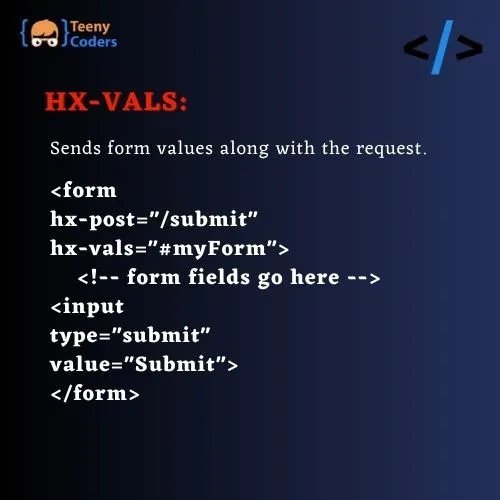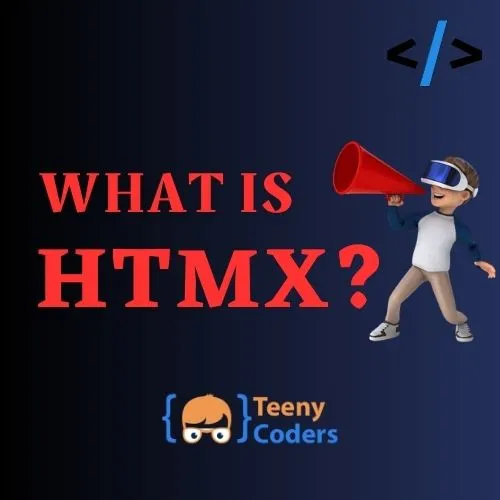In the dynamic landscape of web development, staying ahead of the curve is crucial. One technology that has been making waves and transforming the way we approach web interactions is “HTMX”. Let’s delve into the depths of Web Development, exploring its features, advantages, and how it can elevate your web development game.
Understanding HTMX
Definition:
“HTMX” is a powerful and lightweight library that enables seamless communication between the server and the browser. It stands out for its ability to enhance user experience by updating parts of a webpage without requiring a full page reload. This asynchronous communication is achieved through the clever integration of HTML, JavaScript, and HTTP requests.
Unraveling the Features
1. Ajax Reimagined
HTMX takes the traditional AJAX concept to new heights. Instead of wrestling with complex JavaScript, developers can leverage the simplicity of HTML attributes to define dynamic interactions. This not only streamlines the coding process but also reduces the chances of errors.
2. Intuitive Event Handling
One of HTMX’s standout features is its seamless event handling mechanism. Developers can define actions triggered by various events, allowing for responsive and interactive web applications. Whether it’s a button click or a form submission, it empowers developers to create engaging user interfaces effortlessly.
3. Backend Agnostic
HTMX doesn’t tie you down to a specific backend technology. It plays well with various server-side frameworks, making it a versatile choice for developers working in different environments. This flexibility opens doors for innovation without compromising on performance.
Advantages of Embracing HTMX
1. Speed and Performance
By enabling partial page updates, it significantly reduces the need for full page reloads. This translates to faster response times and a smoother user experience. Websites powered by HTMX are snappier, keeping users engaged without the frustrating wait times.
2. Simplified Development Workflow
Say goodbye to convoluted JavaScript code. It allows developers to achieve complex interactions using simple HTML attributes, making the codebase cleaner and more maintainable. This simplicity doesn’t compromise functionality, providing a win-win scenario for developers.
3. Enhanced User Engagement
In the age of instant gratification, user engagement is paramount. It facilitates real-time updates, keeping users informed and engaged without disrupting their flow. Whether it’s a live chat feature or dynamic form validation, HTMX amplifies the user experience.
Implementation Insights
Getting Started with HTMX
Integrating it with your project is a breeze. Begin by including the HTMX library in your project, and you’re ready to leverage its powerful features. Whether you’re a seasoned developer or just starting, HTMX’s simplicity ensures a smooth onboarding process.
Example Use Case: Dynamic Form Submission
Let’s explore a practical example of HTMX in action – dynamic form submission. With HTMX, you can enhance the user experience by submitting form data without refreshing the entire page. This not only saves bandwidth but also provides a more fluid interaction for the user.

In this example, the form is configured to make an asynchronous POST request to the “/submit” endpoint. The response is then dynamically injected into the element with the ID “result,” all without reloading the entire page.
Conclusion
In the ever-evolving landscape of web development, embracing innovations like HTMX is not just a choice but a strategic move towards creating exceptional user experiences. Its simplicity, flexibility, and performance benefits make it a formidable tool in the hands of developers looking to elevate their projects.


